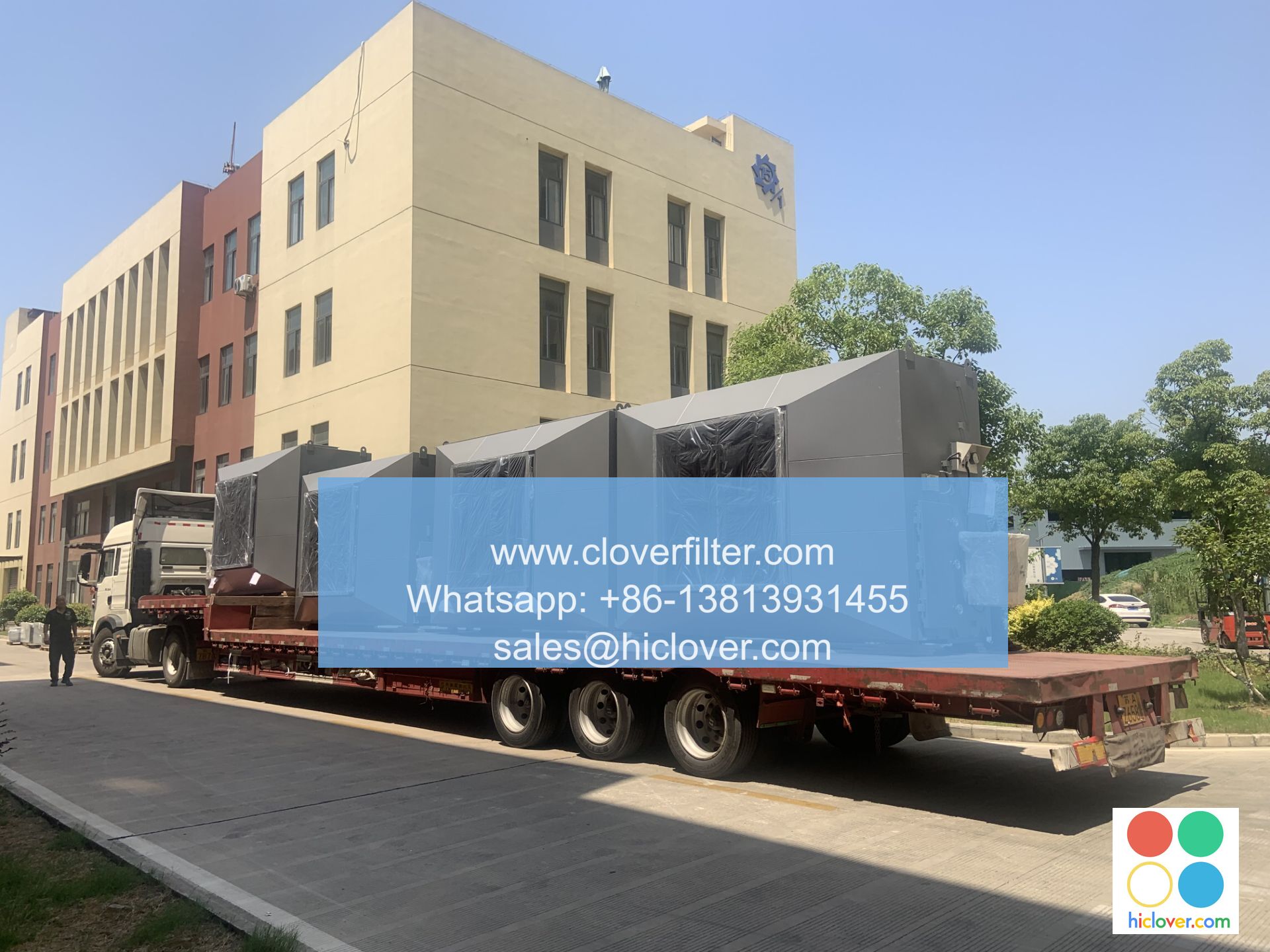The Evolution of Air Filter Manufacturing: A Look Back and Ahead

The Evolution of Air Filter Manufacturing: A Look Back and Ahead
Air filters have been an essential component of various industries for decades, playing a crucial role in ensuring air quality, improving efficiency, and prolonging the lifespan of equipment and machinery. The air filter manufacturing industry has undergone significant transformations over the years, driven by advances in technology, changing environmental regulations, and growing demand for cleaner air. In this article, we’ll examine the evolution of air filter manufacturing, its current state, and the future directions it’s likely to take.
Early Days: Chemical Filter Media
The first air filters were developed in the early 20th century, utilizing chemical filter media such as fabric, cotton, and paper to separate particulate matter from air. These filters were relatively simple, yet effective, and found use in various industrial settings, including textile mills, power plants, and laboratories. The 1950s saw the introduction of synthetic filter media, like nylon and polyester, which improved filter performance and lifespan.
Advanced Materials and Designs
The 1980s and 1990s saw the emergence of new, advanced filter materials, such as activated carbon, fiberglass, and zeolite. These materials enhanced filter efficacy, durability, and resistance to moisture. Designs also shifted from simple bag filters to pleated, cubicle, and cartridge styles, allowing for increased surface area and improved airflow management.
Modern Era: Nanotechnology and Electronic Sensors
The 21st century has witnessed the integration of nanotechnology and electronic sensors into air filter manufacturing. Nanofibers, with their extreme surface area and low pressure drop, have become popular in high-performance air filters, while electronic sensors monitor and control filter performance in real-time.
Industry Applications and Future Directions
Air filters have become integral to various industries, including:
- HVAC (Heating, Ventilation, and Air Conditioning): Air filters are used to maintain indoor air quality and purify the air in buildings.
- Automotive: Air filters are crucial for engine performance, fuel efficiency, and emissions control.
- Industrial Processing: Air filters are used to remove contaminants from process air, preventing damage to equipment and improving product quality.
- Medical: Air filters are employed in hospitals and medical facilities to minimize the risk of airborne infections and preserve patient health.
As demand for cleaner air continues to grow, the air filter manufacturing industry will need to adapt to new challenges and opportunities. Growing concerns about air quality, Increasing regulatory scrutiny, and the need for sustainable solutions will drive innovation in filter design, materials, and manufacturing processes.
Emerging Trends and Technologies
- Smart Filters: Integrated sensors and IoT connectivity will enable real-time monitoring and control of filter performance, optimizing energy efficiency and maintenance.
- Bio-based Filter Media: Researchers are exploring the use of sustainable, biodegradable materials, such as plant-based fibers and bioplastics, to replace traditional filter media.
- 3D Printing: Additive manufacturing techniques may revolutionize filter production, allowing for complex designs, reduced material waste, and faster production times.
- Carbon Capture and Utilization: Air filters will play a crucial role in capturing CO2 emissions, a key component in reducing the impact of climate change.
The evolution of air filter manufacturing has been marked by significant advancements in materials, designs, and applications. As the industry continues to evolve, it’s crucial to address growing concerns about air quality, environmental sustainability, and the need for innovative, effective, and efficient air filtration solutions. By embracing emerging trends and technologies, the air filter manufacturing industry will remain a vital component of various industries, ensuring cleaner air, improved performance, and a healthier environment for generations to come.
It seems you’ve started a chat with me! What would you like to talk about or ask? I’m here to help with any questions, provide information, or just chat about a topic you’re interested in.

